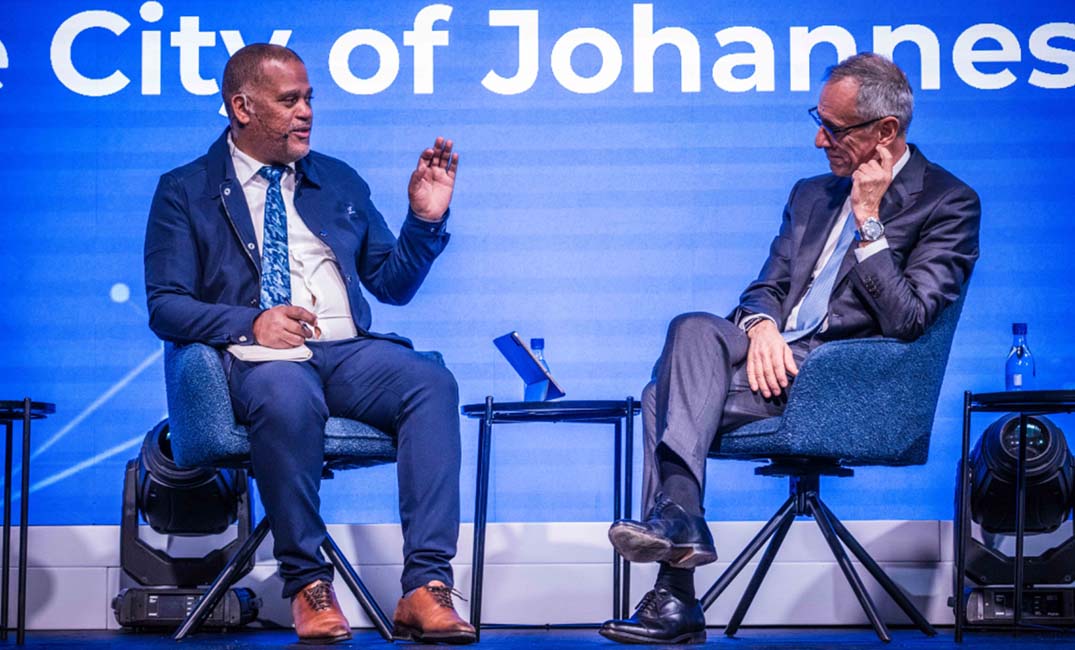Kathy Gibson reports from Saphila Transcend in Sun City – When it started on its digital transformation journey, the City of Johannesburg had to not only update obsolete technology, but convince business users to adopt better processes.
Having partnered with SAP since 2007, the City was no stranger to SAP deployments, but as recently as two years ago, it was still using 17-year old systems.
Aubrey Mochela, group chief technology officer at City of Johannesburg, explains that the City is going ahead with major technology investments on SAP S/4 HANA.
No digital transformation journey goes smoothly, and Mochela says the City’s current deployment has been no different.
“I had a virtual dinosaur, on a physical dinosaur, that has been sitting in the data centre for years,” he says. “We had to revamp the environment, and to do that, we had to shut down SAP for 21 days. The system had serious challenges, and if we hadn’t made that decision, the City’s environment might have collapsed.”
The City was running on SAP’s version 4.7 for 15 years – and it had been customised almost beyond recognition. “Last year we finally upgraded to ECC6 – which many customers did years ago,” Mochela says. “This was so we could transition to S/4 HANA.”
Sergio Maccotta, senior vice-president for SAP Middle East and Africa South, had his first interaction with the City two years ao.
“Not only was the system down, but we had no contract with the City at that stage either,” he remembers.
But three priorities came out of the first meeting: a sense of urgency in that the City was unable to access its data; a vision to adopt innovative technology; and the need to see a return on its investment.
So SAP and the City of Johannesburg formed a public-private partnership that allowed them to first stabilise the system, than migrate the technology, and thirdly to start changing processes to engender innovation.
Mochela contextualises how previous system upgrades had adopted old processes, and this had to change.
“When we were transitioning from 4.7 to S/4 HANA, we had to re-implement processes, and we had to work with the business because a smart solution and a smart city can’t be built on old processes
“Treasury gives us precepts, and industry gives us best practices – and these two must align. Technology will disrupt the business, and those that won’t change will be left behind.”
SAP is able to leverage best-practices end-to-end thanks to its work with more than 400 000 customers around the world, Maccolla points out.
One of the early challenges that Mochela had to overcome was a resistance to putting HCM on the cloud.
Maccotta explains that the cloud conversation has moved beyond whether it should be done or not.
“ A lot of customers still don’t know how to approach innovation, to modernise their business. And there is still the question of whether they should move to cloud.
“I suggest that the cloud is not in question anymore,” he adds. “It’s like the dilemma 30 years ago, whether to build or buy software. Today, the speed and innovation offered by the cloud transcends what can be done on-premise.
“And cloud releases customers from mundane IT administration, so the IT organisation can be closer to the business and become a business adviser,” Maccotta says. “Will you continue to spend your time trying to keep the lights on, to keep the status quo running? Or will you put the effort into innovation?”

